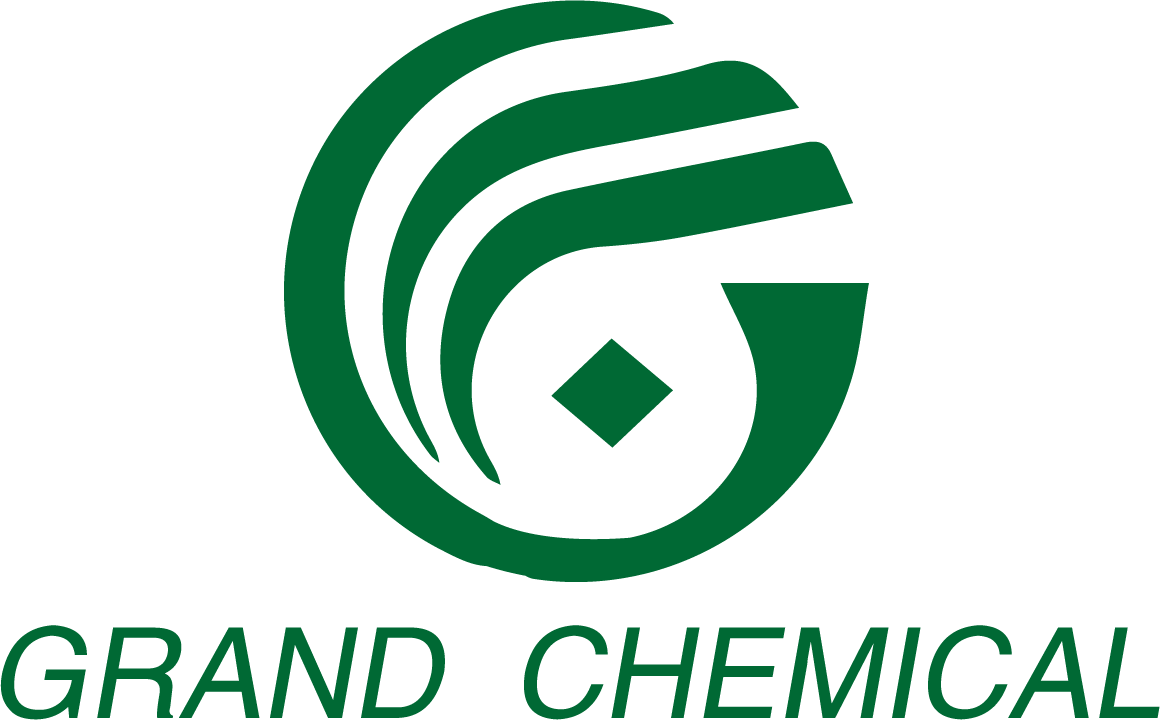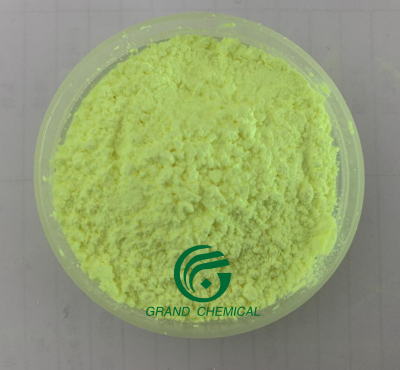With the recent decline in the price of optical brightener OB-1, more manufacturers are switching from other brightener types to OB-1 to reduce costs and enhance product performance. However, many industries still prefer alternatives such as OB, FP-127, and KCB. Since these brighteners are used across various plastic applications, a common question arises: If optical brightener OB-1 is so affordable, why not use it everywhere?
Below, Gran Chemical provides an in-depth analysis of the key advantages and limitations of optical brightener OB-1, helping you understand when it is—and is not—the right choice.
Advantages of Optical Brightener OB-1
1. Excellent High-Temperature Resistance
Optical brightener OB-1 is known for its high melting point (355- 360 °C)and superior thermal stability, making it ideal for many high-temperature plastic processing environments. Among commonly used plastic brighteners, OB-1 offers one of the best overall heat resistance profiles, allowing it to be used in a wide range of polymers.
2. Multiple Fluorescent Shades for Versatile Whitening
Different optical brighteners emit different fluorescence, and OB-1 comes in two major shades:
- Greenish OB-1 – emits blue fluorescence
- Yellowish OB-1 – emits bluish-violet fluorescence
Because most raw plastic materials naturally contain yellow tones, blue-tone optical brighteners can effectively counteract this discoloration through complementary color theory. While the greenish shade of OB-1 does not offer the brightest neon-blue effect, it still provides strong whitening and brightness enhancement at a reasonable cost.
Disadvantages of Optical Brightener OB-1
While OB-1 delivers excellent value, it is not suitable for all applications. Its most significant drawback is:
1. Poor Weather Resistance
Under the same dosage and processing temperatures, OB-1 is more prone to migration and fading, especially in environments with prolonged UV exposure. This limits its use in products requiring high weatherability.
2. Not Suitable for Transparent or High-End Plastics
Due to its migration tendency and shade limitations, OB-1 is not recommended for:
- High-end engineering plastics
- Outdoor products requiring long-term UV stability
- Transparent plastics
- Foamed EVA shoe materials
In these applications, alternatives such as OB, FP-127, or KCB offer better stability and longevity.
Conclusion: Is Optical Brightener OB-1 the Best Choice?
Optical brightener OB-1 offers significant advantages in cost, temperature resistance, and general whitening performance, making it a strong choice for many mass-production plastic applications. However, due to its weaker weather resistance and migration issues, OB-1 is not suitable for high-end or UV-exposed products.
Selecting the right brightener requires a full understanding of your product’s performance requirements, production temperature, appearance standards, and long-term durability needs. When in doubt, consult a professional supplier.
Shandong Grand Chemical Co., Ltd. has extensive experience in the customized application of optical brighteners. If you want expert guidance or wish to find the most suitable whitening solution for your product line, feel free to contact us. We provide technical support, sample testing, and tailored brightening formulations.
For more details, please contact via 📧 sales@obachemical.com 📞 +86 131 7300 9832

